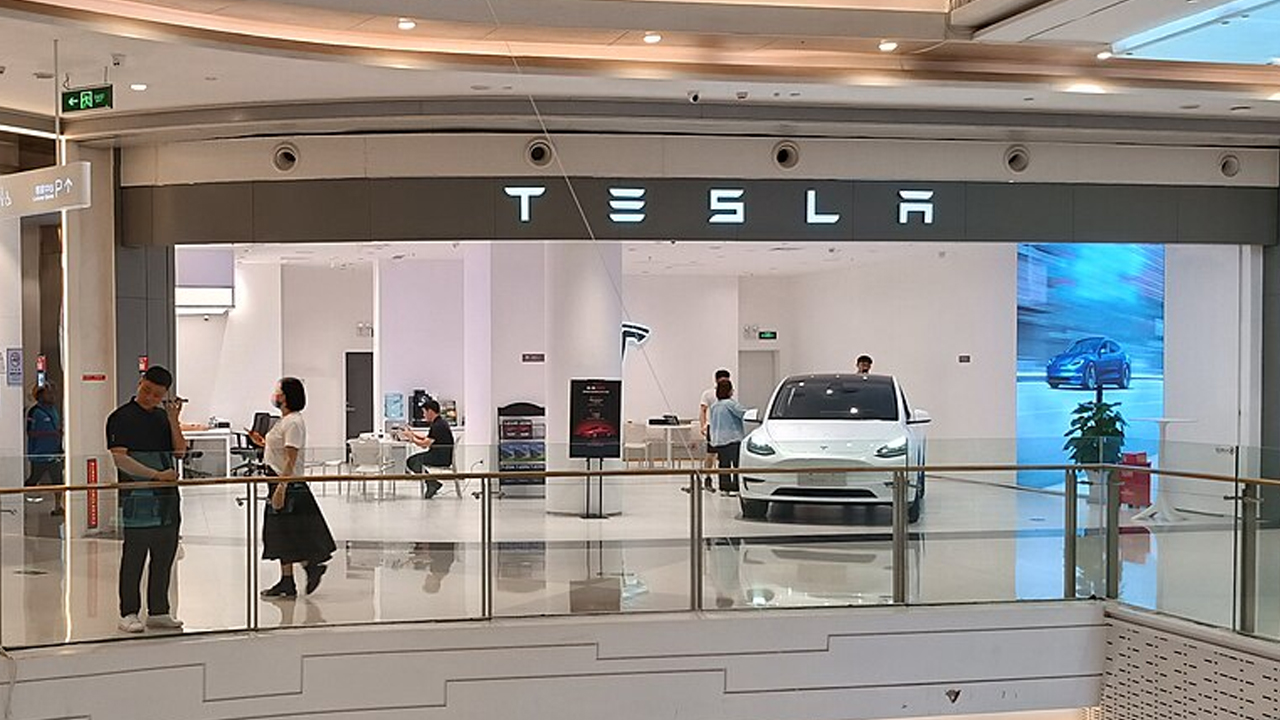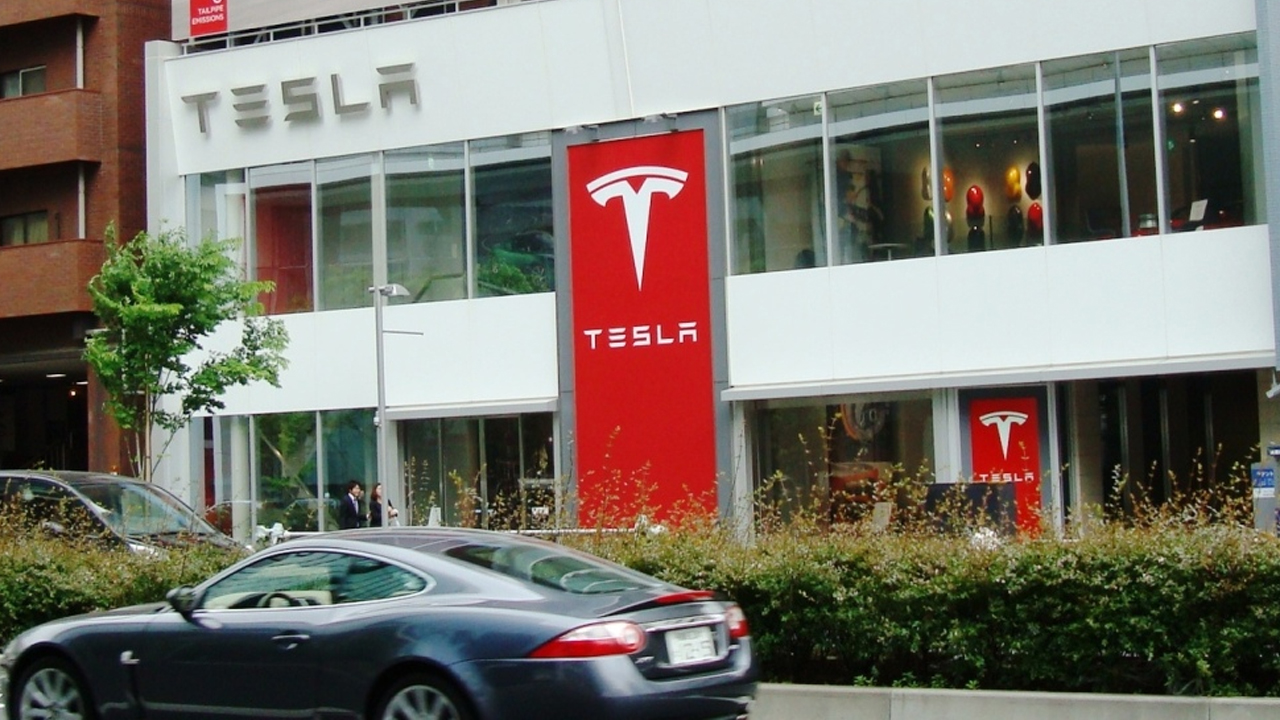Tesla just took one of the hardest hits in its history—and it’s not just about missed delivery numbers or a dip in stock price. This drop reflects something much bigger. From new tariffs and political backlash to crumbling investor confidence, the cracks are showing in ways that are hard to ignore. What used to be one of the most hyped companies in the world is now facing serious headwinds from every direction. Here’s a breakdown of what’s really going on—and why it matters.
Tariffs and Trade Tensions Shake Tesla’s Foundation
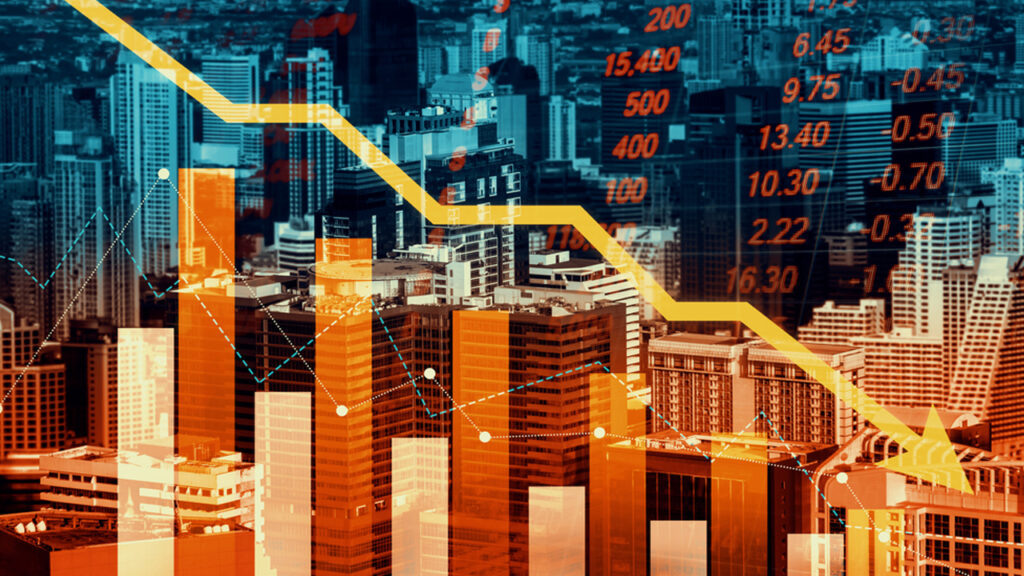
Tesla’s recent stock plunge isn’t just a market hiccup—it’s a reflection of deeper issues. The Trump administration’s imposition of steep tariffs, including a 25% levy on imported vehicles and up to 145% on Chinese car parts, has significantly increased production costs for Tesla. These tariffs are expected to raise car prices by an average of $5,000, potentially reducing domestic demand by 9% (Source: Investopedia).
Analysts are responding accordingly. UBS cut its Tesla stock price target to $190, predicting an 11% decline in vehicle deliveries for 2025. Mizuho lowered its estimate to $375, citing expected price increases and weakened U.S. demand. Despite these cuts, the analysts’ consensus remains approximately $327—around 30% above Tesla’s current stock price.
Brand Image Under Fire Amid Political Controversies
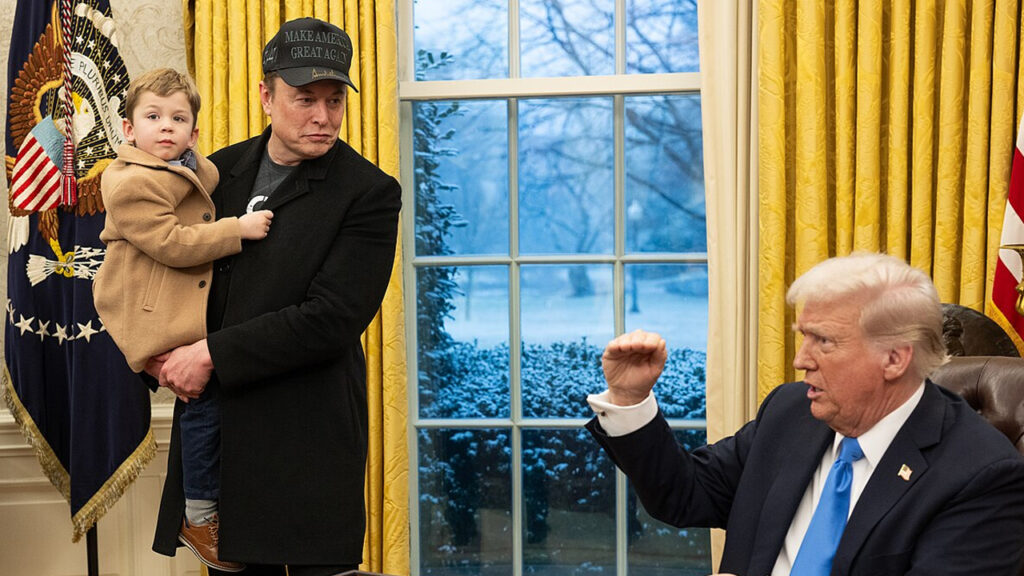
Tesla’s brand, once synonymous with innovation and sustainability, is now entangled in political controversies. CEO Elon Musk’s involvement with the Trump administration and his role in the Department of Government Efficiency (DOGE) have sparked backlash. Protests under the “Tesla Takedown” movement have emerged, urging consumers to divest from Tesla and boycott its products (Source: Wikipedia).
This political entanglement is affecting consumer sentiment. A survey revealed that 31% of Tesla drivers are considering selling their vehicles due to Musk’s actions. High-profile individuals, including Senator Mark Kelly, have publicly distanced themselves from Tesla, citing disagreements with Musk’s political affiliations.
Sales Slump Highlights Market Challenges
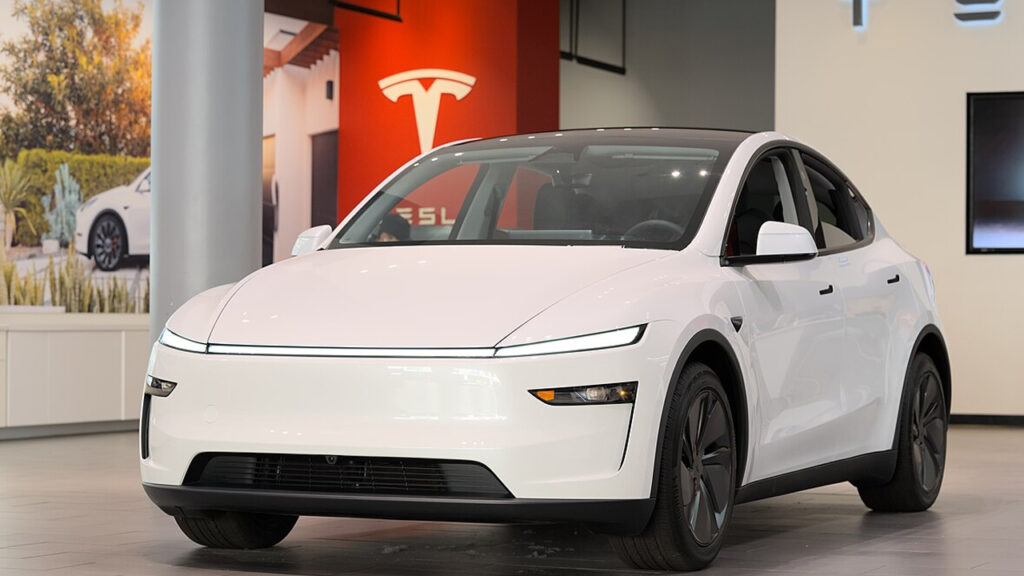
Tesla’s sales figures are reflecting these challenges. In Q1 2025, Tesla reported a 13% drop in deliveries, marking its weakest performance in nearly three years. The decline is attributed to a combination of factors, including the political backlash against Musk, rising global competition, and delays in launching refreshed models like the Model Y (Source: Reuters).
International markets are also showing signs of strain. In Europe, Tesla’s sales have decreased significantly, with Germany experiencing a 76% drop in February 2025 compared to the previous year. The company’s association with controversial political figures and movements has led to boycotts and a tarnished brand image across several countries.
Investor Confidence Wanes Amid Uncertainty

Investor sentiment toward Tesla is shifting. Longtime Tesla supporter and Wedbush analyst Dan Ives has lowered his 12-month price target for Tesla shares by 43%, from $550 to $315, citing a “perfect storm” caused by President Trump’s trade policies and CEO Elon Musk’s political affiliations (Source: New York Post).
Other investors are expressing similar concerns. Ross Gerber, a prominent Tesla shareholder, has become increasingly bearish on Tesla stock. After selling $60 million of Tesla shares last year due to declining vehicle popularity, Gerber now warns that Tesla’s stock could experience a significant downturn in 2025, citing overambitious Full Self-Driving targets and Musk’s distractions with other ventures (Source: Business Insider).
The Road Ahead: Navigating a Complex Landscape
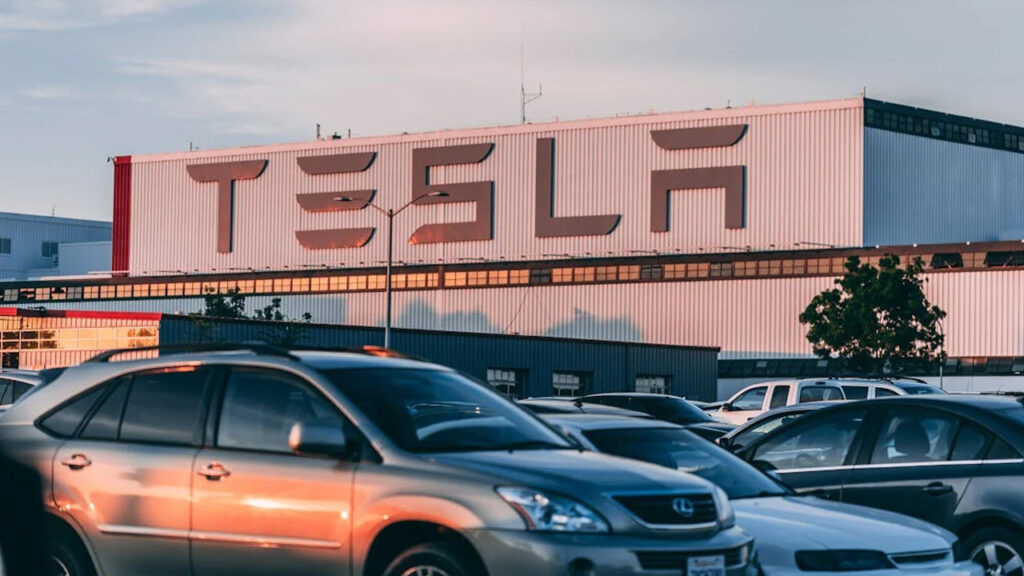
Tesla’s current challenges underscore the complexities of operating at the intersection of technology, politics, and global trade. The company’s ability to adapt to shifting market dynamics, restore its brand image, and reassure investors will be critical in determining its trajectory moving forward.
As Tesla navigates these turbulent times, stakeholders will be closely watching how the company addresses these multifaceted issues and whether it can regain its footing in an increasingly competitive and politically charged environment.

